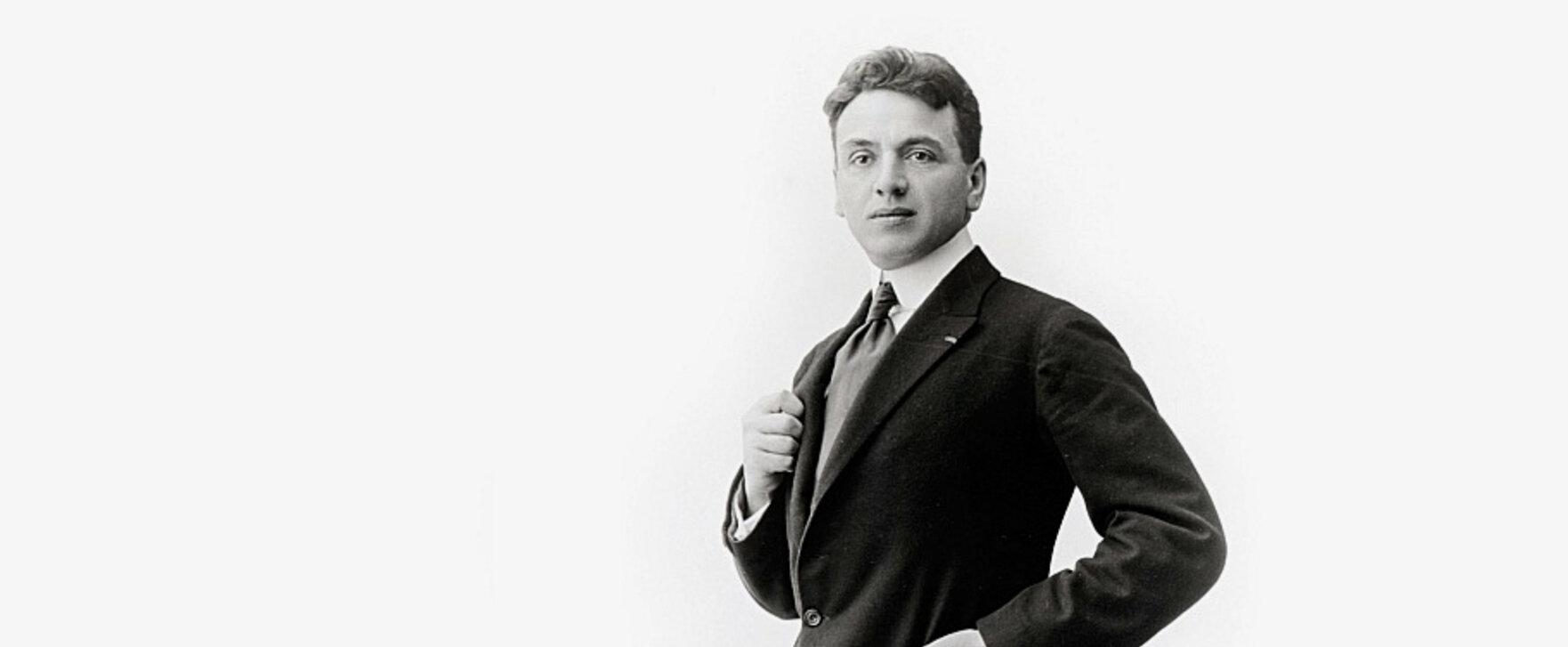
The Secret Life of Ernest Beaux
Ernest Beaux is known for Chanel N°5, the most famous perfume in the world. But the man remains in the shadows, a name less familiar than some of the others in the Chanel circle: Stravinsky, Diaghilev & Nijinsky of the Ballets Russes, Winston Churchill - to name a few.
Beaux was born in Moscow on the seventh of December 1881, one of eight children by two marriages. His parents were French expatriates and he spoke French and Russian fluently.
At that time, perfumers often came from Grasse - where their family had contacts in the industry. Beaux was almost as lucky, his brother Édouard, who was eighteen years older than him, worked at Rallet - a large perfume and soap maker in Moscow. This was a prestigious company that supplied toiletries to the Tsar and other European royals. Édouard rose to become managing director, so the path for little Ernest was assured. By the time Ernest began his career, Rallet had been bought by Chiris, the perfume supplier from Grasse. So, unlike François Coty, who had to travel to Grasse to learn his trade, Grasse came to Beaux. Ernest began working in the soap division and finished as director of perfumery.
In the book Son Parfum by his granddaughter Nathalie Beaux, Ernest is called intransigent. An authoritarian character, he was so hated by his workers they wanted to throw him into a vat of boiling soap. Luckily, Édouard was a diplomatic figure who would smooth things over when his brother got into trouble.
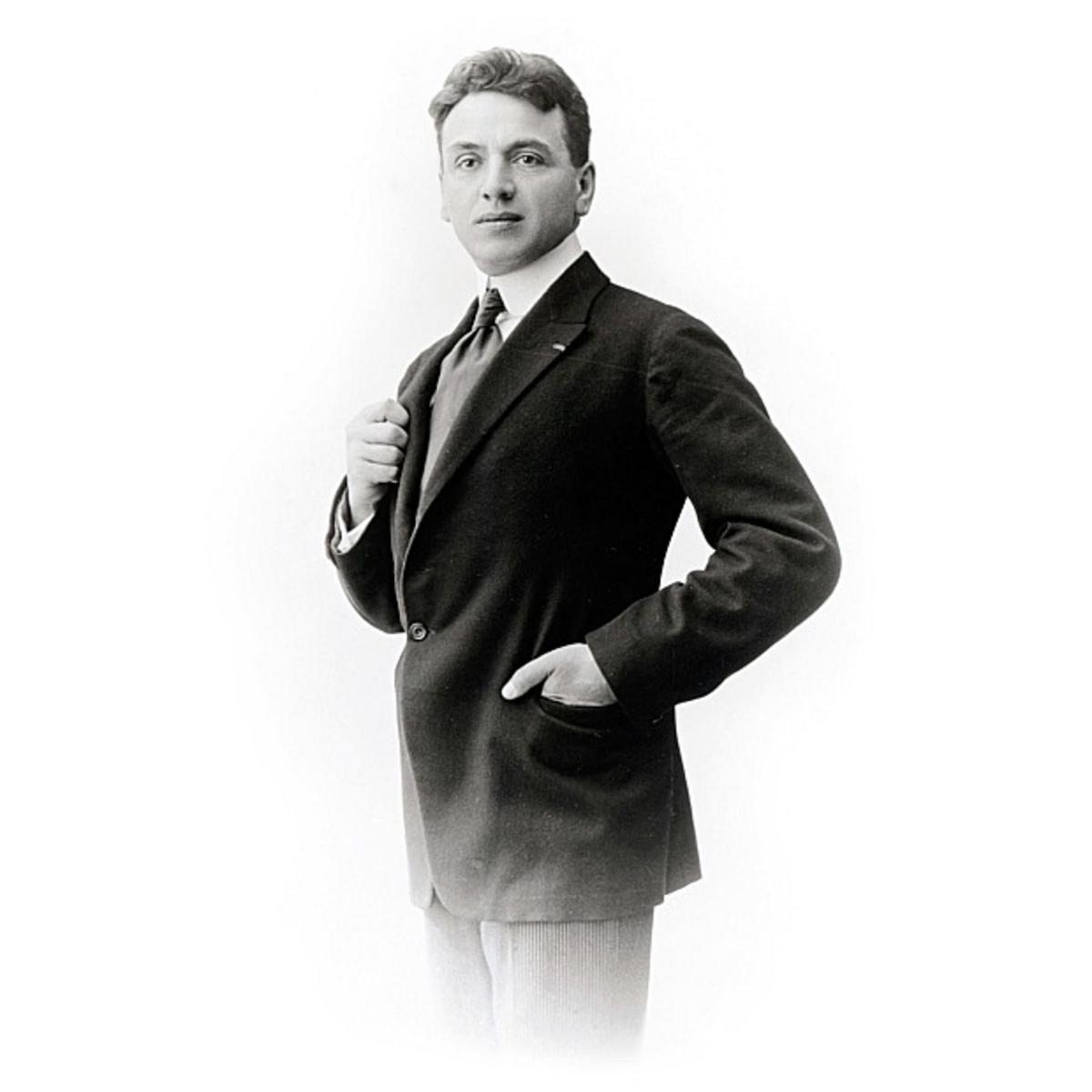
When war broke out in 1914, Beaux went to France and enlisted as an artillery officer. His unit was posted to Russia, possibly the Kola peninsula - near the lakes of Murmansk in the Arctic circle. But being a trained chemist, he was later recalled to France and put in charge of setting up a chemical weapons factory. One day, while he was at work, there was an explosion in the production facility and Beaux was exposed to Cloropicrin, a poison gas. This left him in hospital for two months but when he recovered, Beaux volunteered once more and was sent back to Russia.
After the Russian revolution of 1917, the Bolsheviks raised an army and laid siege to Kiev. In December of that year Beaux was given another special assignment, this time of a clandestine nature. His job was to enter the Ukrainian capital and clear out the British and French embassies. This was not armed conflict but still was extremely dangerous. On the way to Kiev - Nathalie Beaux writes - Ernest's car was hit by bullets. But despite that, he and a colleague reached their destination - where their task was to burn the embassies' documents, bury their caches of weapons, and arrange for White Russian officers, and western agents to escape the encircled city.
Beaux' presence was known to counter intelligence and he had to work in disguise - frequently changing his residence and assuming different identities. There was a bounty on his head, and soldiers were on the look out for this French 'liaison officer'. It was surely thanks to his fluent Russian that Beaux managed to go undetected for three months. Once the fugitives were finally spirited away, Beaux crossed the lines himself and reported back to the French Intelligence service.
When Beaux was thirty he married a woman of eighteen, Ida Schönaich. Nathalie comments that 'besides a magnetic attraction - one for the other - they had nothing in common'. Beaux was refined and urbane; an art lover - he went to the ballet and concerts. By contrast, Ida felt out of her depths in polite society, and - especially after the birth of their son Mitya - preferred to stay at home. If it wasn't already a disfunctional marriage, when her beloved 'Nestia' returned from the war, damaged psychologically by all he had seen and done, they realised they had no future together and slowly drifted apart.
While Beaux was in Ukraine, his Moscow apartment had been requisitioned by the Bolsheviks. When Ida travelled there she found the locks changed and a stranger's family installed in his place. She stayed long enough to collect some documents and family photos, and then walked out - never to return. Because he and Ida had lost touch, when Ernest arrived home he was surprised to be told he had no rights to his property, and he should leave before the commissar was summoned.
Once more on active service in Russia, Beaux was put in charge of a multinational raiding party. They were sent up river on a commando-style mission to seize a Bolshevik outpost, which they managed to do after several days of skirmishing. Going through captured documents, Beaux realised a large force of Red Guards was on it's way, and ordered a hasty withdrawal.
For his actions Beaux was decorated with the Cross of Saint Vladimir by the Russian government, and the British Military Cross. More significantly, he was again transferred to a new role, this time at Archangel, the Arctic port city. He was assigned to Mudyug Island, where the so called Interventionist Forces had a prison camp for suspects - who had been captured by the allied armies.
His role was to separate friend from foe. Beaux would interview the prisoners and had to decide who were innocent bystanders - caught up in the conflict - and who were Bolshevik partisans. Some 'ordinary' prisoners were given their freedom - in return for serving in a White Russian battalion. Those thought to be partisans met a much worse fate. The authorities had at their disposal open air Ice Cells, where recalcitrant prisoners could be held.
Beaux was finally sent back to France in 1919 where he was made Chevalier de la Légion d'honneur.
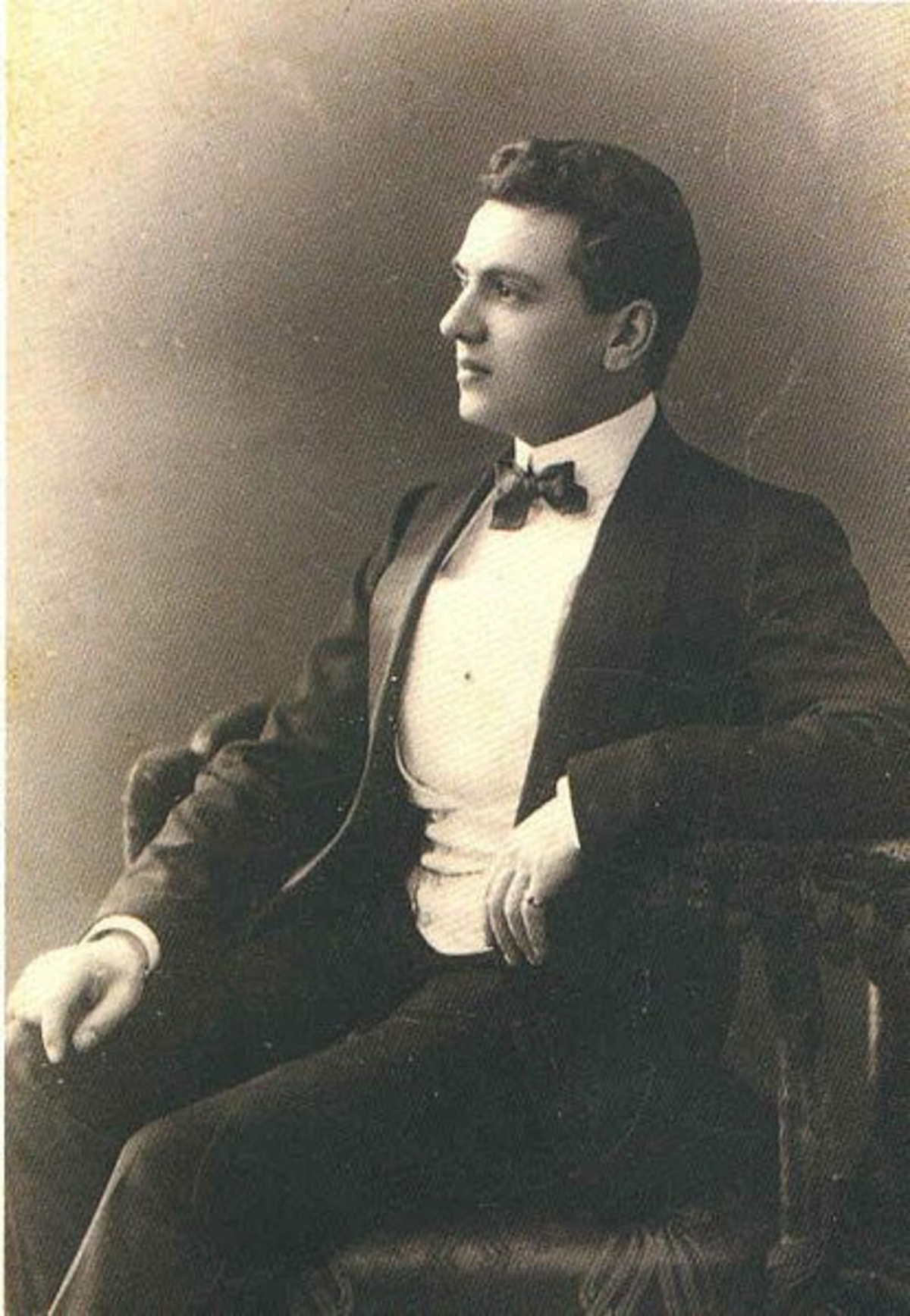
With his military service now at an end, Beaux once more returned to his chosen career - perfumer; and it was in 1921 that his chef d'œuvre was released, Chanel N°5.
Ernest Beaux is renown for N°5, not only the most famous perfume in the world but still one of the best sellers. It's a wonderful perfume, audacious and perfectly composed, rightly hailed as a masterpiece. It would be hard to overestimate the influence of N°5, and although it wasn't the first aldehydic bouquet – that was Quelques Fleurs, which Beaux had studied closely - N°5 is often held to be the founding work of the genre.
There is an apocryphal story that N°5 was due to a compounding error, where an assistant used pure aldehydes rather than 10%, but Beaux made it clear; his inspiration came from the Arctic, where – according to an article in Perfumer & Flavorist - the midnight sun released ‘an extremely fresh scent from the lakes’.
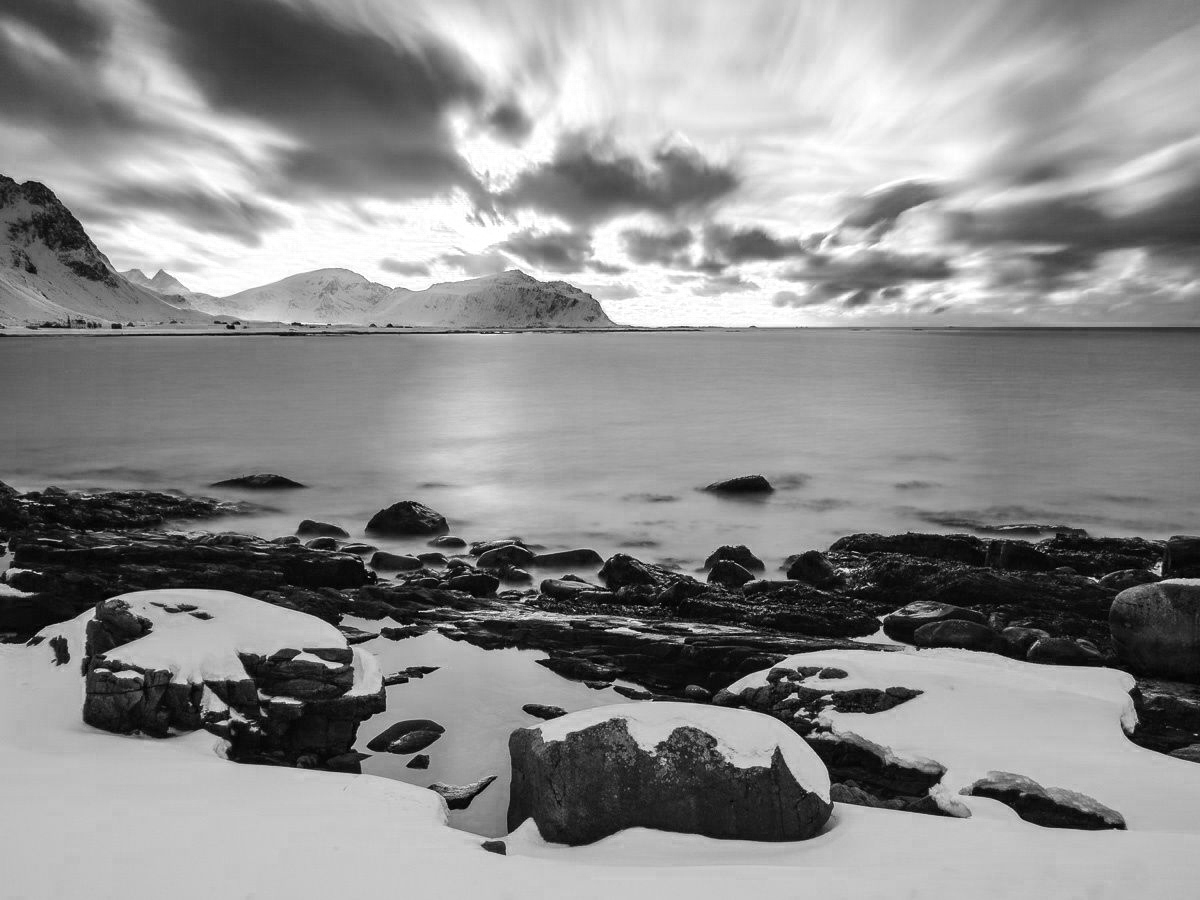
In Son Parfum, his granddaughter wrote how Ernest 'felt he could - and must - create his perfume based on the odours [of] the High North'. But more than that, his perfume was charged with memories of Ida - and her ‘palest of blue eyes’. For Beaux, it was 'a way to make sense of the years of separation, of violence and death, and above all the terrible silence.’
It's also fair to say that, Beaux - who was a keen experimenter - wanted to make a perfume using new materials which 'could come from nature, or from science'. As it turned out, the inspiration was natural, the materials pure science.
Beaux was the creator of N°5 but he made other perfumes for Chanel. Sadly, these can feel like variations of his most famous work. What is less well known, Beaux worked for another brand besides Chanel.
When Parfums Chanel was sold to the Wertheimer brothers - who also owned the cosmetics and perfume house Bourjois, Beaux became perfumer for both companies. During this time he created Bourjois' best known work - Soir de Paris (1928). This has been reformulation and now has nothing to do with Beaux. There still exist other Bourjois perfumes by him though, and Flamme (1932) is one of them. It opens with an unusual green bergamot and hyacinth, and possibly violet leaf, but underneath it’s a woody aldehydic soft-rose bouquet; rather like budget N°5.
By the 1940's, Coco Chanel was becoming more and more unhappy with the 10% she was getting from the Wertheimers, and she decided to release her own perfume under the brand Mademoiselle Chanel. It's not clear if it was a serious venture, or just a bargaining tool to use against her business partners. But the existence of a perfume called Mademoiselle Chanel No 1 is not in doubt. Examples still exist - but they are very rare indeed.
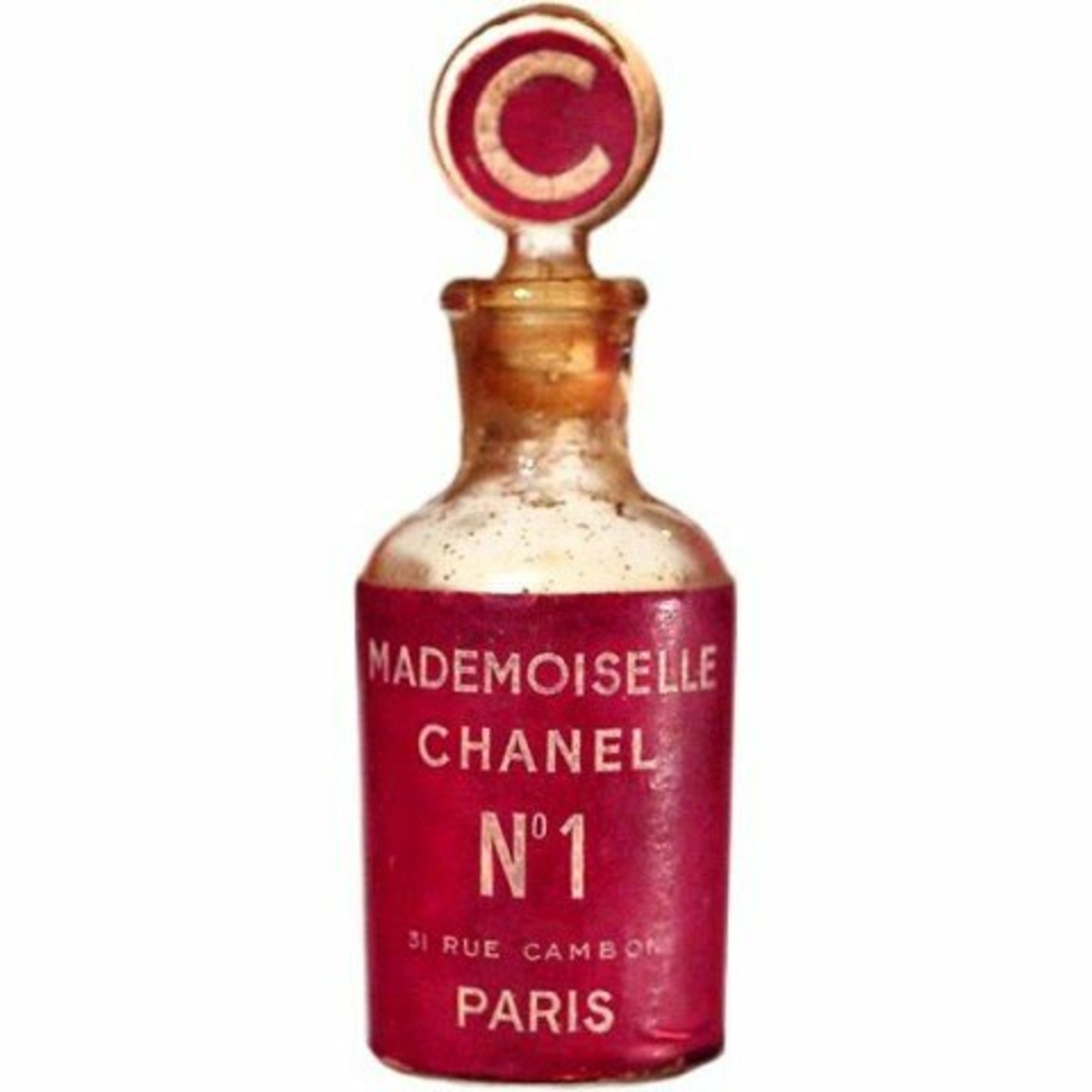
It's creator is unknown, but it's thought that Beaux was behind it. Who better to oppose N°5 than the perfumer himself?
Beaux openly praised MC No 1. But some have said it was a ploy to distance himself from a perfume that was forbidden by Chanel's contract with the Wertheimer's - who were his employers after all... Friends of Chanel called it ‘Super N°5’. History doesn’t recall what the Wertheimers said.
A good way to find out who was behind MC No 1 is chemical analysis, which was done in 2007. The results were published in Perfumer & Flavorist, where an article appeared which has been quoted by perfumeprojects.com. It says MC No 1 was 'similar in concept to Rallet No 1' (by Beaux) which is often thought to be the precursor of Chanel N°5.
The article goes on to note that the aldehyde cocktail in N°5 was replaced by a whopping 25% of a-n-methyl ionone, and so, Mademoiselle Chanel No 1 becomes 'a violet - orris modification of the Chanel N°5 theme', where the aldehydes are replaced by a different synthetic molecule. a-n-methyl ionone was 'a novel material in the 1940's, just as the aldehydes [were] in the 1910's', which is in keeping with Beaux’ enthusiasm for new materials. I could also mention that a 25% overdose was highly unusual at the time, coming as it did long before the type of monolithic structure found in Trésor and the like.
An argument to support the idea that MC No 1 was the work of Beaux, is the assertion that a-n-methyl ionone - at the time an unusual and hard to find molecule - was available to him in the form of Raldeine A. This was manufactured by Givaudon, the company owned by his old friend Leon Givaudan.
Perfumer & Flavorist say the 'conceptual similarity to Rallet No 1 [and] the use of an overdose of a novel material ... bear Beaux' signature’. And Perfumeprojects.com concludes; Mademoiselle Chanel No 1 is ‘difficult to attribute to anyone but Ernest Beaux’. However, it still can’t be proved that Beaux was behind Chanel's pirate perfume - neither he nor anyone else would talk. But olfastory.com credit MC No 1 to him, and they put the release date at 1946, the year Pierre Wertheimer returned from Mexico and signed over to Coco an extra 2% of profits from Parfums Chanel. Whereupon, MC No 1 is said to have disappeared.
And so, with what was possibly his last perfume, we see Beaux disappearing back into a demiworld of half truths and secrets, the place where he drew inspiration for his most famous - and surely best - perfume.
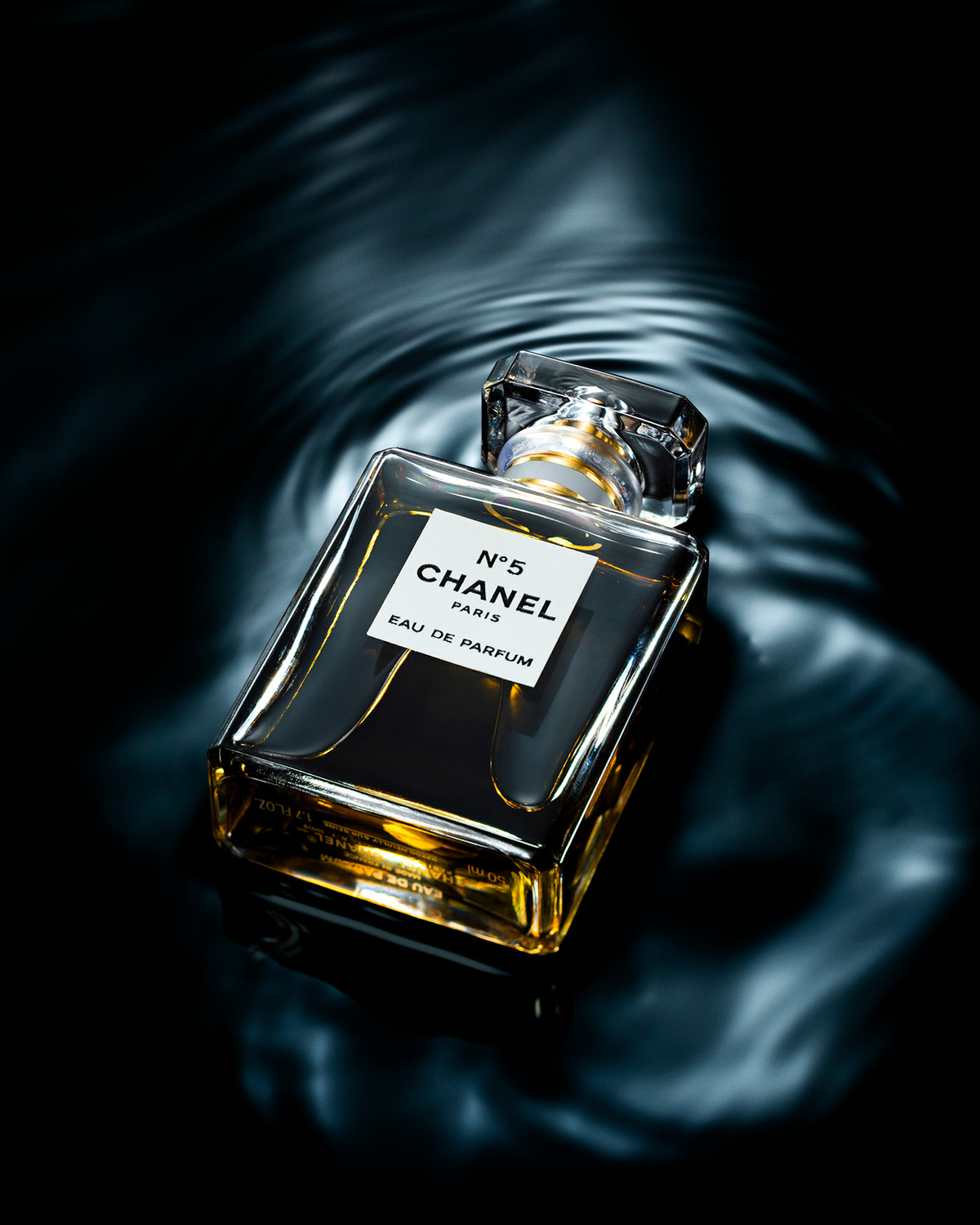


https://www.findagrave.com/memorial/134357972/ernest-beaux
Excerpt -
"In 1912, Ernest Beaux married Iraïde de Schoenaich (1881-1961), who gave birth to their son, Edouard (1913-1993), the following year. During the Russian Civil War, Iraïde escaped from Russia through Finland with her infant son. They reached France by sea following a dangerous two-month-long voyage, during which time Iraïde fell deeply in love with another man. Ernest divorced her and took custody of their son, while Iraïde moved to Nice to work with her lover. Ernest later married Yvonne Girodon (1893-1980), with whom he had a daughter, Madeleine.
Ernest Beaux died in his Paris apartment in 1961, and the church in which his funeral was held was completely decorated in roses.